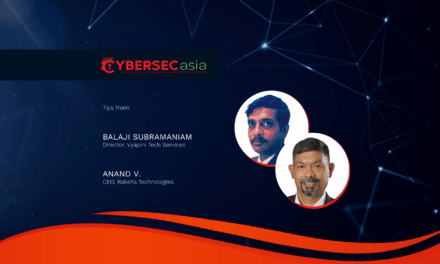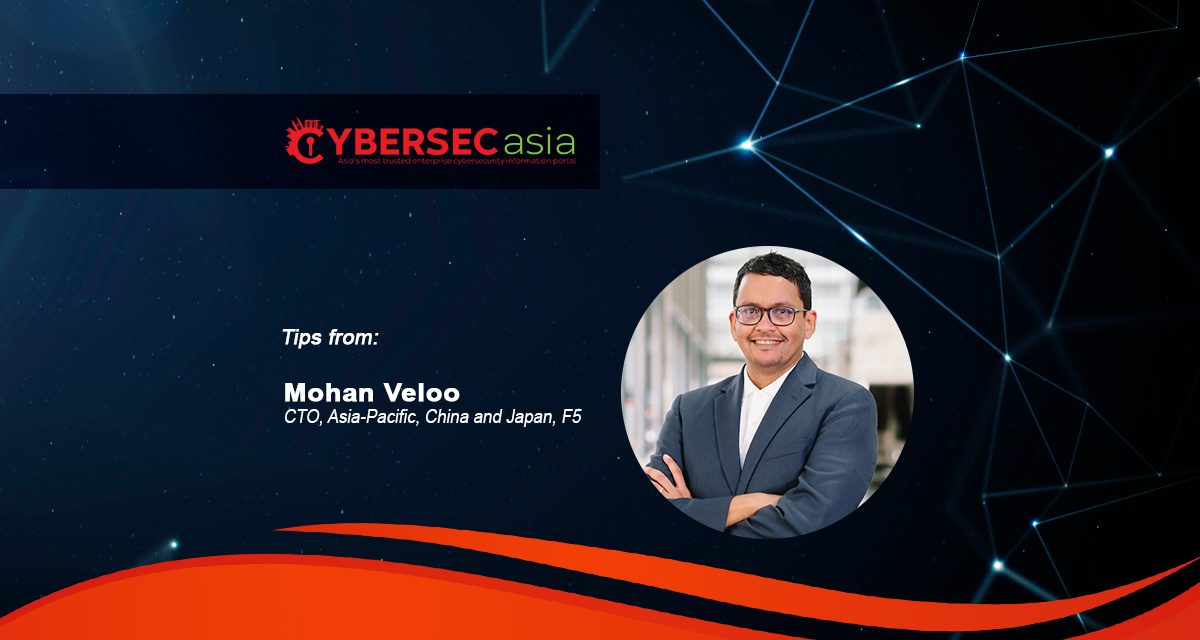The 2024 Olympic Games are just around the corner! And so are bad actors seeking to leverage this global 2.5-week festive sporting event for financial or political gains…
As AI algorithms advance, cybercriminals can now execute AI-powered cyber-attacks with increasing sophistication and scale.
Some examples of AI-powered cyber-attacks that could occur during the Paris Olympics include:
- Convincing deepfakes looking to impersonate athletes, officials or other high-profile individuals
- Automated fake news created and distributed across social media to spread misinformation about events
- AI-generated phishing emails masquerading as legitimate communications around the event
- AI-enhanced malware and ransomware targeting critical infrastructure
- Advanced Persistent Threats (APTs) looking to infiltrate Olympic-related organizations
- Botnet-driven Distributed Denial of Service (DDoS) attacks seeking to overwhelm ticketing systems, live broadcasts and other critical services
- AI-powered attacks on Internet of Things (IoT) devices used in the Olympics infrastructure
In the face of such attacks, organizations must fight fire with fire — adopting a comprehensive and proactive approach to cybersecurity that leverages AI-enabled tactics.
Some examples of AI-powered cyber-attacks that could occur during the Paris Olympics include:
- Securing systems and infrastructures with a multi-layered security approach, encompassing robust authentication, stringent access controls, and proactive vulnerability management protocols.
- Continuous monitoring with AI-driven detection tools that can highlight suspicious activity and anomalies in real time for rapid response.
- Secure multi-cloud networking to ensure comprehensive visibility across diverse IT environments while safeguarding applications and APIs.
- Adopt Zero Trust principles to ensure that users connecting from various locations, devices, and applications are continuously authenticated and authorized before being given access to critical data and resources.
- Having a well-defined incident response plan, so that organizations are prepared to quickly and effectively respond and recover from cyber-attacks.
Organizations can also empower employees, members of the public, and other stakeholders through comprehensive education to adeptly discern the legitimacy of communications and identify potential scams — particularly for deepfakes, phishing and other social engineering attacks.

















